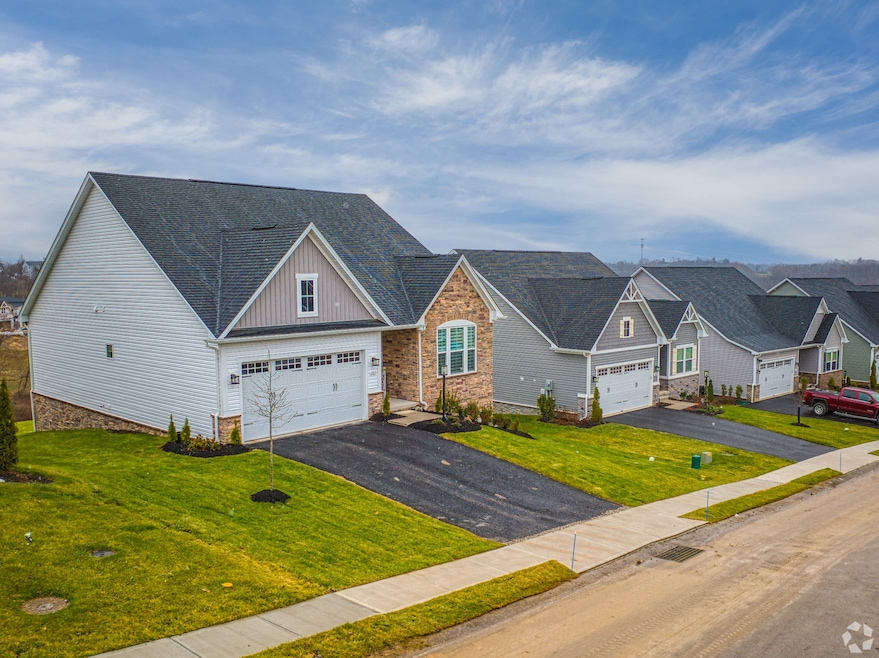Borrowers are taking advantage of sinking mortgage rates — and homeowners with big loans are first in line.
Applications for mortgage refinances surged 60% in the week ended Sept. 12, according to data released on Wednesday by the Mortgage Bankers Association. That's 70% higher than the same week a year earlier.
“Homeowners with larger loans jumped first," according to Mike Fratantoni, the group's chief economist. Fratantoni noted that the average loan size for refinances last week had reached the highest level in the survey's 35-year history.
In all, the association's market composite index — a measure that includes purchase and refinance applications — increased 30% week over week. The uptick in demand came as mortgage rates hit an 11-month low.
As of Thursday, the average 30-year, fixed-rate mortgage was 6.35%, according to mortgage giant Freddie Mac.
Adjustable-rate mortgages are making a comeback
More than that, borrowers are favoring adjustable-rate mortgages, according to the data.
In the week ended Sept. 12, the share of ARMs reached its highest level since 2008.
“Even as 30-year fixed rates reached their lowest level in almost a year, more borrowers, and particularly more refinance borrowers, opted for adjustable-rate loans," Fratantoni explained.
Unlike fixed-rate mortgages that come with a set interest rate, ARMs are characterized by their variable interest rates. An ARM allows a borrower to lock in one rate for a set period — five or seven years, for example. That rate is usually lower than you would get with a fixed-rate mortgage. But, after that period lapses, the rate will move according to the market benchmark the lender has chosen.
It's a risky option because, as the name implies, monthly payments are variable. Some borrowers see ARMs as an entry point to homeownership, though, especially if they foresee rates decreasing in the future.
Compared to 2008, though, borrowers taking out ARMs have more protections now, and the option might be a way to score a lower interest rate, according to Fratantoni.
"Notably, ARMs typically have initial fixed terms of five, seven or 10 years, so those loans do not pose the risk of early payment shock that pre-2008 ARMs did," he explained. "Borrowers who do opt for an ARM are seeing rates about 75 basis points lower than for 30-year fixed-rate loans.”

